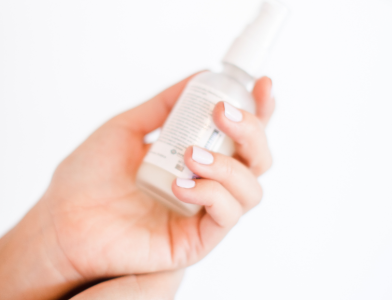Are you brushing up on hidden health risks? Most of us assume that our daily toothpaste is safe – after all, it’s a staple of personal hygiene. But emerging research, as well as the experiences of health experts, reveal that those foamy, minty, brightly colored toothpastes could be quietly exposing your body, and especially your child’s, to ingredients that shouldn’t come anywhere near your mouth. Let’s uncover what’s really in your toothpaste, understand why it matters, and empower you to make safer swaps for a truly healthy smile.
Why Toothpaste Safety Isn’t Guaranteed
Think a product sold in stores is proven safe? You’re not alone. But here’s a surprising fact: In most countries, toothpaste is governed as a cosmetic – not a drug or food – meaning most of its ingredients never undergo long-term safety testing. Aside from drugs like fluoride, manufacturers can use a wide range of chemicals, including artificial colors and sweeteners, with minimal oversight. What’s more, these compounds are often hidden under vague labels like “flavor” or “color,” making it harder to spot potential toxins.
Ingredients in Toothpaste That May Harm Your Health
Your toothpaste may seem harmless, but here are three of the most concerning – and common – ingredients to watch for:
- Sodium Lauryl Sulfate (SLS): This foaming agent can erode your gum barrier, irritate the sensitive lining of your mouth, and trigger canker sores. Regular exposure may even increase your risk of oral infections.
- Titanium Dioxide: Added for cosmetic “whiteness,” this chemical has zero dental benefit. Research links titanium dioxide to potential DNA damage and organ accumulation. While inhaled risks are well established, even oral absorption may pose issues- and this ingredient is already banned in foods in the EU.
- Artificial Dyes (e.g., Blue 1, Yellow 5): Designed to make paste look fun (especially for kids), these dyes are associated with hyperactivity, behavioral changes, allergic reactions, and possible neurotoxicity, especially in children.
Children are especially vulnerable. Their smaller bodies mean every micro-dose has a bigger impact, and many kids swallow much of their toothpaste. Artificial sweeteners like saccharin and vivid colors like “Red 40” or “Yellow 5” can further increase long-term health risks, affecting behavior and development.
Should You Worry About Fluoride in Toothpaste?
Fluoride is well known for its anti-cavity benefits, but excessive amounts in children can cause fluorosis, leading to permanent damage in developing teeth. Recent research, including a meta-analysis in the Journal of the American Medical Association, links higher fluoride levels to lower IQ scores in children, raising new safety questions for parents.
How to Choose a Low-Toxin Toothpaste
Ready to swap? Here’s how to take action:
- Flip the tube and read every ingredient list – don’t ignore “inactive” ingredients. They matter!
- Avoid toothpastes containing SLS, titanium dioxide, artificial dyes, and unnecessary artificial sweeteners.
- For children, choose fluoride-free options if you’re concerned about overexposure, and always supervise brushing to ensure minimal swallowing.
- Look for brands that value transparency and use science-backed, consumer-safe ingredients. Great options include Risewell, Fygg (also known as Feed Your Good Guys), and Boka for adults. For kids, favorites are Risewell, Fygg, and Wellnesse.
Making the switch to safer toothpaste is a simple change with a lifelong payoff. Your mouth is a gateway to your body – what you put in it matters every single day, especially for growing children.
The Bottom Line: Brush Smarter, Not Just Harder
By becoming aware of what’s really in your toothpaste, you can protect your gums, liver, and overall health from unnecessary exposure to toxins. The small investment of reading labels and choosing science-backed products empowers you and your family to thrive. For more guidance on building a low-tox lifestyle, explore additional swaps and tips for your home and personal care routine.



